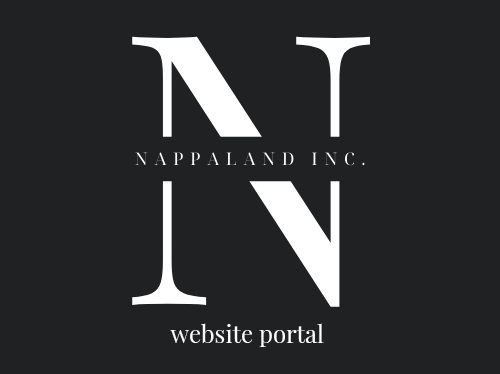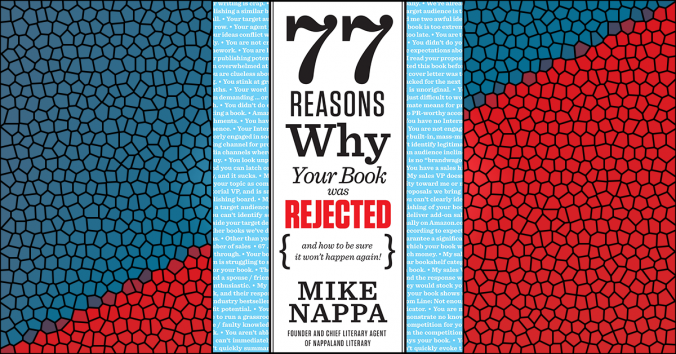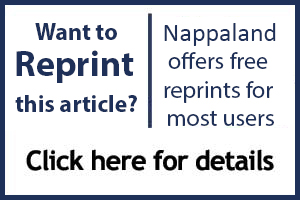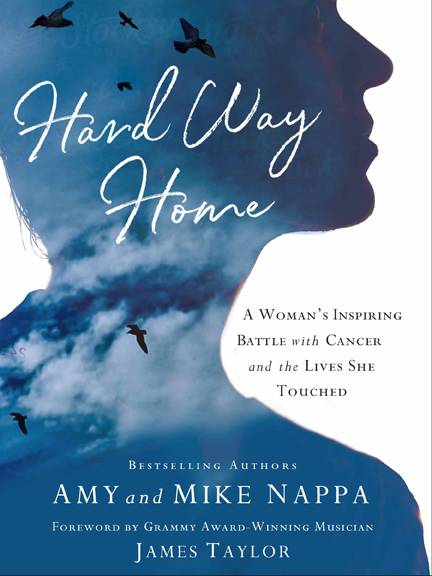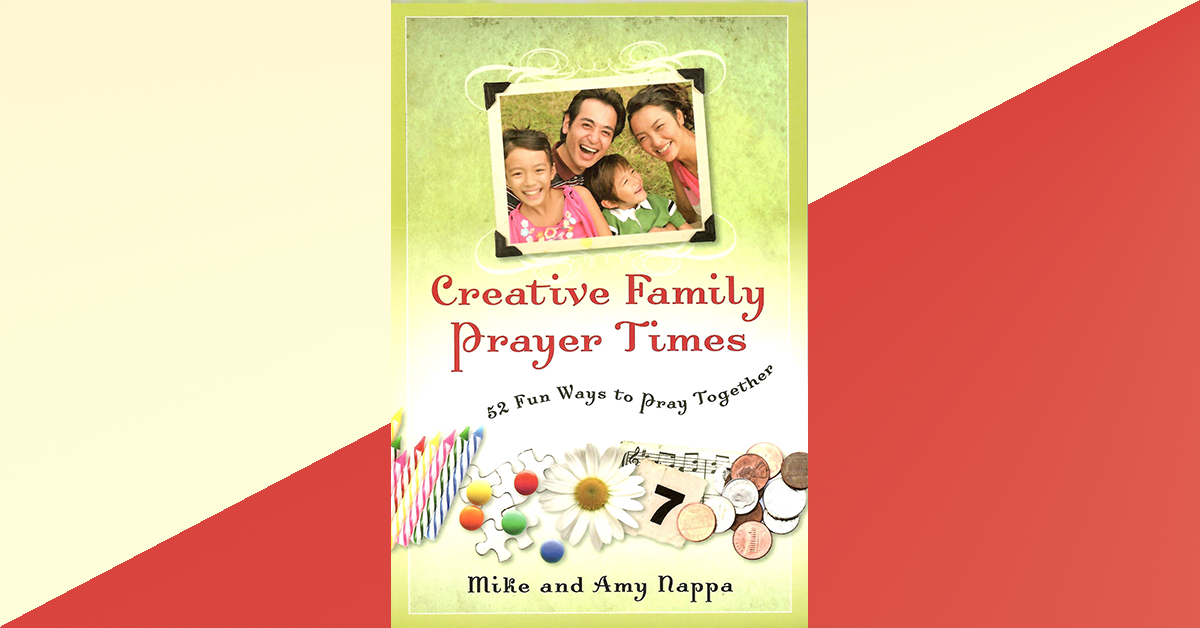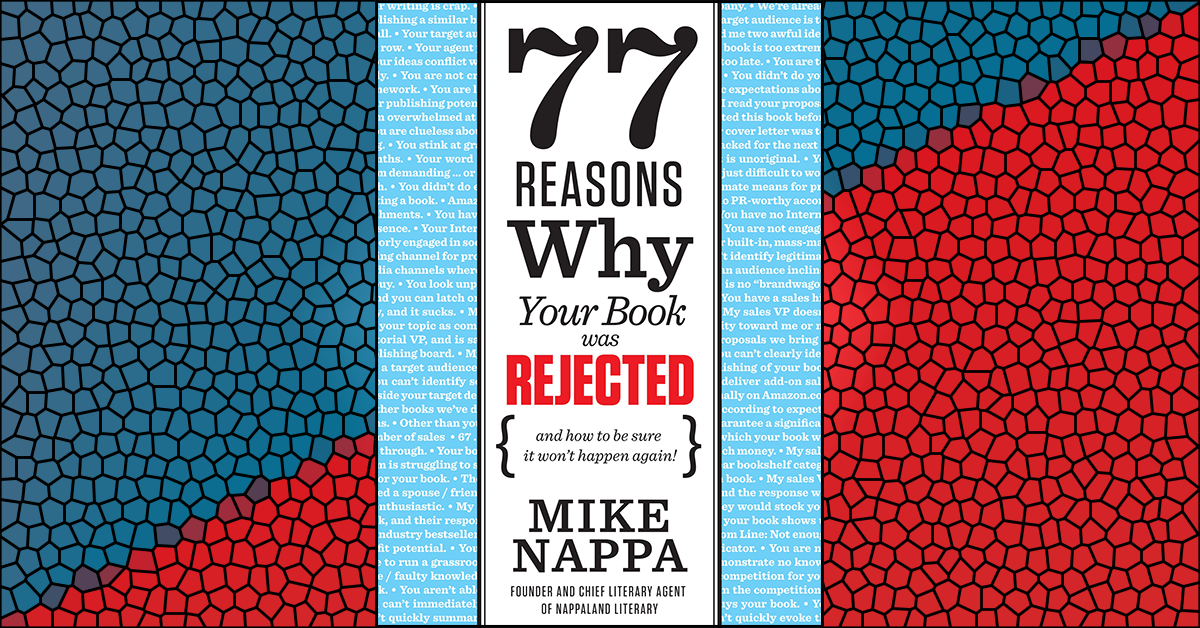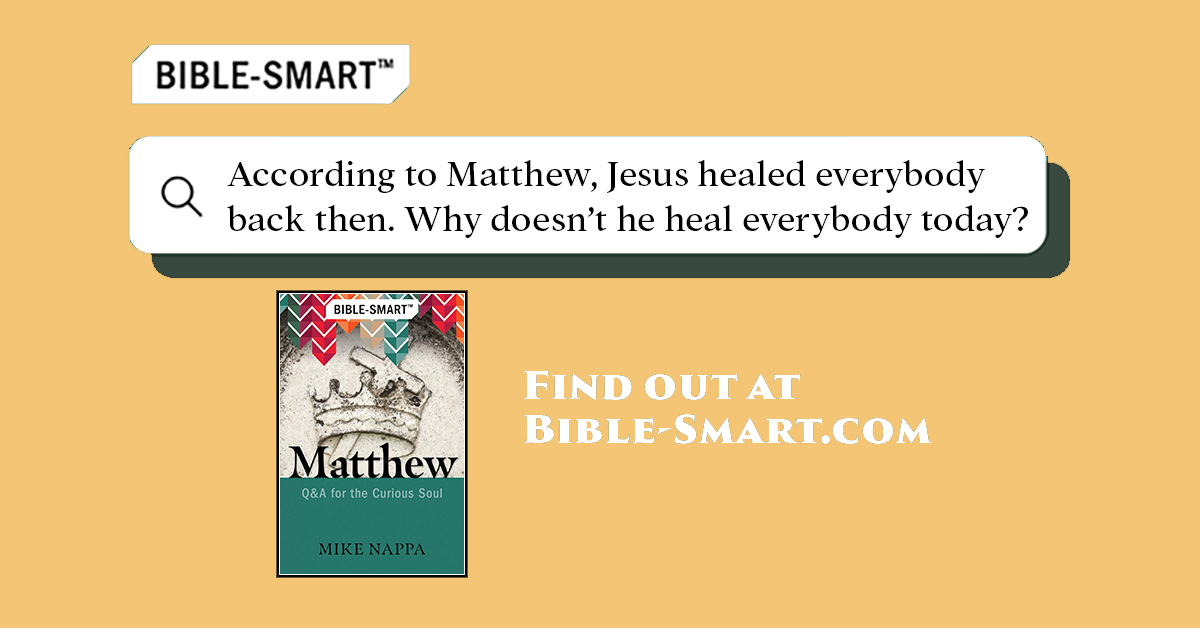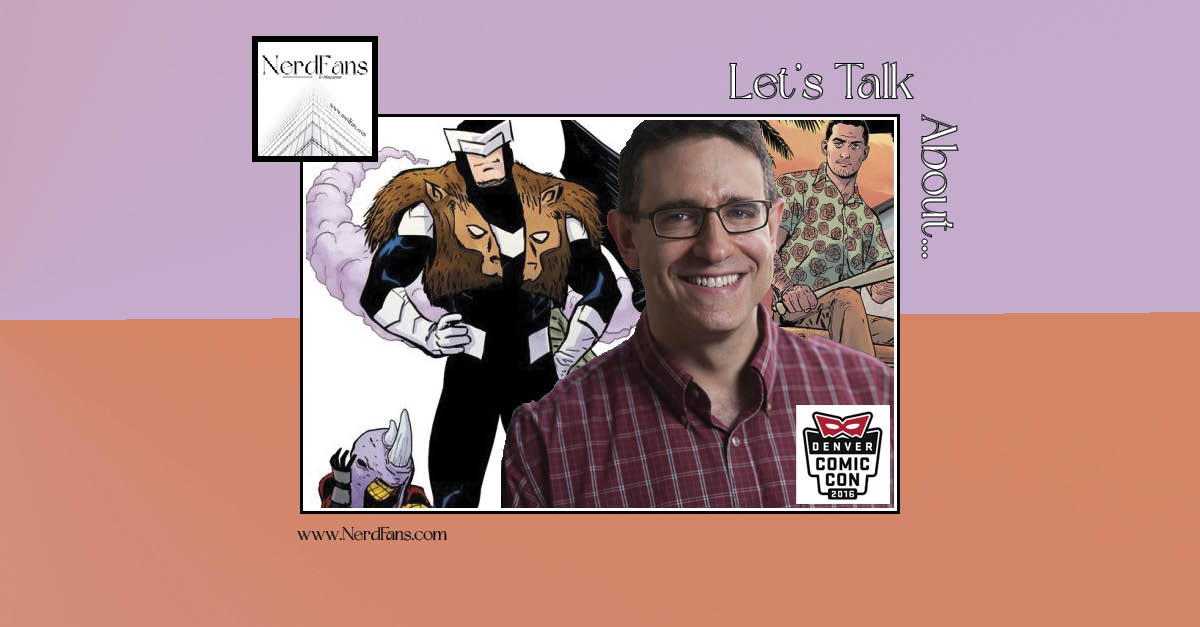An Editorial Team reason for rejection
Now, if you’ve just finished reading Reason #5, you may be looking at Reason #6 above and saying to yourself, “Mike, you big hypocrite! You just told me to target ‘the one’ for my audience, and now you’re telling me I need to target a bigger audience. What’s up with you, anyway?”
OK, stick with me on this and (hopefully) it’ll all make sense.
First, everything I said in Reason #5 is absolutely true. At the same time, when you are identifying the representative “one” who is your target reader, you also have to make sure there are enough of those “ones” to form an affinity group large enough to support the publication of your book. As publishing expert, Robert Bly, says, “A book aimed at a major publisher must appeal to an audience of hundreds of thousands of people, if not millions. To sell your idea to the editor, you must demonstrate that such an audience exists.”
For instance, a target audience of “Marjorie, who is pregnant with her first child,” is a specific kind of woman in a specific life situation. At the same time, there are hundreds of thousands of newly-pregnant women in America during any given year. Voila! You’ve just identified a significant, yet specific, target audience: “Women pregnant with their first child.” Your target audience is neither too big (“everyone”) nor too small.
Ah, but what if your target audience is, “Marjorie, who doesn’t eat meat, who is pregnant with her first child, and also an avid motocross racer”?
Well, your target is certainly a specific kind of woman in a specific life situation…but there aren’t very many women who fit that demographic in America. Certainly not enough pregnant vegetarian motocross racers to support the publication of your book. In this instance, your target market is too much of a niche—and that will be cause for rejection.
One hard truth is that a book rejected because of a “niche target audience” is often the kind of book actually deserves to be published. I remember sitting in a publishing board meeting once, and our children’s editor brought a book to the table. “This book won’t make any money,” she said, “but we should publish it anyway.”
It was a picture book for children hospitalized with terminal diseases—a book to help them learn how to die. On a moral/human level, if only one child or one family benefited from that book, it would have been worth it. But, realistically, how many parents would buy this picture book on death instead of Pat the Bunny or If You Give a Mouse a Cookie? On a practical level, the target audience—though worthwhile—was just too small to justify publishing.
When I left the meeting, I was impressed because the executives had given tentative approval to go ahead and publish this book despite its lack of profit potential. At the time I felt proud to be part of that team. But it is now years later, and I still haven’t seen that book in any catalog. Sad, but true.
And just another reason why even worthwhile books don’t get published.
What You Can Do About It
1. Identify your audience in terms of definable reach.
Yes it’s true that you can’t write for everyone, but at the same time you must be sure there are enough people who fit your chosen demographic to support the publication of your book. So find your target “one” person, and then see who surrounds him or her in life—and discover what they all have in common.
For instance, if your target “one” is “Bob who likes to collect cars” then you’ll want to establish for the editor that there are enough people like Bob out there who’ll want to buy your book. For instance, you might identify affinity groups like Car Collector Magazine subscribers, or autoworkers, or mechanics and auto body shop workers, or affluent car owners, and so on. Then, for your proposal, you would list your target audience with one over-arching identifier: “Car Enthusiasts,” followed by a parenthetical note that points the editor to the people groups you’ve tagged.
2. Remove unnecessary limiters.
Yes, you need to know the demographics of your target audience, but some of the things that relate to that audience are things you can keep in your head instead of including in your proposal.
If your proposal really is for vegetarian, pregnant, motocross enthusiasts, well first—good luck. But second, you don’t necessarily need to point out every single one of those demographic limiters to the editor. Pick the most easily identifiable of the reader traits and highlight that exclusively. In this case, you could probably show a strong target audience of vegetarians and do just fine with that. Or pregnant women as an affinity group. Or probably even motocross enthusiasts.
The point is, pick one of those instead of all three to promote as the primary audience in your proposal. That’ll give you more clarity in your writing, and also give the editor a clearer sense of who will want to read your book when it’s published.
3. Consider the possibility that your book is about something bigger than you think it is.
When I was working at one publishing house, I got a book manuscript handed to me late in the process. It was already in the catalog and was scheduled to release in only a matter of months. The stated topic and our marketing focus for the book was infertility, so the target audience was “women who have suffered with infertility.”
As I started reading the manuscript, I realized that while the author’s struggle with infertility was certainly part of the story, the book as a whole was actually a beautiful story about dealing with disappointment—a much broader topic that would appeal to a broader group of adult women. I worried that the narrowly defined target audience we were marketing to wouldn’t be enough to support this book—and I felt the book deserved to be read by many more women than simply those who were involuntarily childless.
But it was too late. The book went out, and was promptly ignored. We simply couldn’t reach enough of our identified niche audience to sell the book in quantity. I still wish someone before me had noticed that this book was about an issue bigger than infertility. If we had, we would have targeted a broader affinity group and a found a much deeper pool of potential buyers.
So take the lesson from this, and if your target audience seems too small, reevaluate what your book is really about. Maybe you too will find that it centers on a theme that’s bigger than your initial thinking. And that could be the difference that gets your book published.
Looking for more? Check out these links:
